Comments / Questions (184)
![]() Kirsten wrote:
Kirsten wrote:
Liebes Drops Team! Kann ich statt der Rundnadeln, in 40 cm auch ein Nadelspiel verwenden? Viele Grüße Kirsten
13.12.2025 - 10:55DROPS Design answered:
Liebe Kirsten, ja wahrscheinlich, je nach Ihrer Größe wird es mehr oder weniger passen, gerne können Sie auch nur die 80 cm Nadel mit der Magic Loop Technik stricken. Viel Spaß beim Stricken!
15.12.2025 - 11:48
![]() Kristina wrote:
Kristina wrote:
Vilket fruktansvärt jobbigt mönster... Det som såg så enkelt ut. Nu har jag repat upp allt. Är det verkligen meningen att den sista maskan i ett varv ska vara ett omslag (den sista maskan i A1, första varvet) och sen när man går vidare till nästa varv (rundstickor) så ska det börja med ett omslag igen (den första maskan i A1, andra varvet)? Då kommer ju den överliggande tråden att löpa över två maskor. Eller har jag missförstått det hela?
23.11.2025 - 20:46DROPS Design answered:
Hei Kristina. Siste omslag i A.1 tilhører patentmasken og strikkes sammen med masken. Til denne vensten er det laget flere hjelpevideoer, ta en titt på disse og se om de kan være til hjelp for deg. Klikk på VIDEOR til høyre / under bildet. mvh DROPS Design
01.12.2025 - 10:28
![]() Gunvor wrote:
Gunvor wrote:
När man gjort hela mönster rapporten på höjden första gången. Så står det att man ska upprepa v 11-16 och göra ökningar var 6e varv enligt diagrammet. Men enligt diagrammet blir det då var 5e varv? Annars stämmer det ju inte alls med maskorna?
07.11.2025 - 10:58DROPS Design answered:
Hej Gunvor, jo du strikker 5 varv og øker på 6e varvet. Se også videoen til dette mønster :)
19.11.2025 - 11:09
![]() Gunvor wrote:
Gunvor wrote:
Otroligt rörig och omständig beskrivning. Har repat upp 4ggr nu för det stämmer inte med maskorna i slutet på varvet. Krångligt med alla dessa partier att hålla reda på. Tror det varit enklare att sticka nerifrån och upp.
06.11.2025 - 01:00
![]() Petra wrote:
Petra wrote:
Hi, I still haven't received any answer to my question :(
15.10.2025 - 16:10
![]() Petra wrote:
Petra wrote:
When I reach the Second A2a I got 3 extra stiches after I knitted the A2a increase row. Shall I kint those 3 remaing stiches as starting from the beggining like :knit yarn over and stitch together, and make 1 yarn over, slip 1 stitch onto the right needle as if to purl?
17.09.2025 - 17:50
![]() Sylvia wrote:
Sylvia wrote:
The patten says at yoke section: contunue to increase every 6th round. When should I start to increase and in which part of the piece?
15.09.2025 - 12:32
![]() Hiie Nagel wrote:
Hiie Nagel wrote:
Tere, olen siiani ära teinud,Nüüd koo mustrit järgmiselt: koo skeemi A.1 (= 2 silmust) esimesed 6-6-6-8-8-8 silmust (= pool seljaosa), skeemi A.2 (= 2 silmust), skeemi A.1 järgmised 12 silmust, skeemi A.3 (= 2 silmust = õlg), skeemi A.1 järgmised 10-10-12-14-14-16 silmust (= esiosa), skeemi A.2 järgmised 2 silmust, skeemi A.1 järgmised 12 silmust, skeemi A.3 järgmised 2 silmust (= õlg) ja koo skeemi A.1 viimasel 4-4-6-6-6-8 silmusel (= pool seljaosa).kuidas ma pahemat rida teen
11.08.2025 - 14:17DROPS Design answered:
Tere Hiie Nagel! Tegemist on patentkoega, mida kootakse mõlemal pool ühtemoodi. Vaata õppevideot: Kuidas kududa patentkude edasi/tagasi. X tingmärgiga on märgitud kasvatused, mis on alati samal soonikujoonel. Soovitan sellesse silmusesse panna silmusemärkija (erinevad), et oleks lihtsam näha, kus kasvatada. Head kudumist!
19.08.2025 - 22:29
![]() Karin wrote:
Karin wrote:
Hi, despite trying three different needle sizes, I can’t make the tension square work. The problem is the row height! With no. 7, I get 7.5 stitches x 14 rows, with no. 6 I get 15 stitches x 16 rows. I’ve zoomed in on the pattern and don’t see 11 stitches x 32 rows, it looks more like 18 rows high. Please can you explain? Many thanks, Karin
20.07.2025 - 16:25DROPS Design answered:
Hi Karin, the swatch is worked in English rib. 2 rows in English rib means 1 knit stitch visible in hight. So if you see 18 knit stitches in hight, it is in fact 36 rows in your swatch. Happy knitting!
21.07.2025 - 13:10
![]() Marja Demper wrote:
Marja Demper wrote:
Ben er uit na het nogmaals bekijken van de video. Elke meerdering is twee steken erbij ipv 1.
05.07.2025 - 17:37
Mountain Moraine#mountainmorainevest |
||||||||||||||||||||||||||||
 |
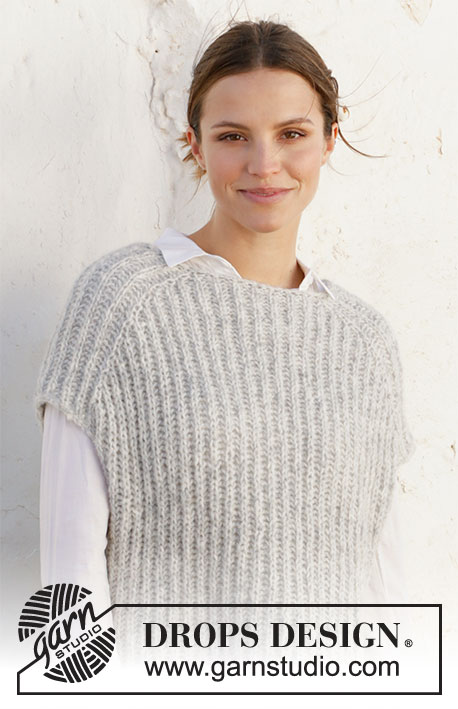 |
|||||||||||||||||||||||||||
Knitted vest in DROPS Air. The piece is worked top down with English rib. Sizes XS - XXL.
DROPS 210-4 |
||||||||||||||||||||||||||||
|
------------------------------------------------------- EXPLANATIONS FOR THE PATTERN: ------------------------------------------------------- RIDGE/GARTER STITCH (worked back and forth): Knit all rows. 1 ridge in height = Knit 2 rows. PATTERN: See diagrams A.1 to A.4 (worked with English rib). DECREASE TIP (evenly spaced): To work out how to decrease evenly, count the total number of stitches on needle (e.g. 62 stitches) and divide by number of decreases to be made (e.g. 10) = 6.2. In this example decrease by purling each 5th and 6th stitch together. ------------------------------------------------------- START THE PIECE HERE: ------------------------------------------------------- VEST – SHORT OVERVIEW OF THE PIECE: The neck and yoke are worked in the round with circular needle from mid back, top down. Stiches are increased for the shoulders before the piece is divided and the front and pieces worked separately as far as the bottom of the armholes. The pieces are rejoined and the body continued in the round. NECK: Cast on 62-62-66-70-70-74 stitches with circular needle size 6 mm = US 10 and Air. Purl 1 round, purl 1 more round and decrease 10 stitches evenly spaced – read DECREASE TIP = 52-52-56-60-60-64 stitches. Purl 1 round. Change to circular needle size 7 mm = US 10,75. YOKE: Work pattern as follows: A.1 (= 2 stitches) over the first 6-6-6-8-8-8 stitches (= half back piece), A.2 (= 2 stitches), A.1 over 12 stitches, A.3 (= 2 stitches = shoulder), A.1 over 10-10-12-14-14-16 stitches (= front piece), A.2 over 2 stitches, A.1 over 12 stitches, A.3 over 2 stitches (= shoulder) and A.1 over the last 4-4-6-6-6-8 stitches (= half back piece). REMEMBER THE KNITTING GAUGE! When A.1 has been completed 1 time in height, repeat A.1a onwards. When A.2 and A.3 have been completed 1 time in height, repeat A.2a and A.3a onwards; i.e. continue to increase every 6th round, the increased stitches are worked in English rib. When A.2a and A.3a have been worked a total of 8-9-9-10-11-12 times in height there are 132-140-144-156-164-176 stitches on the needle. Work A.1a over all stitches until the piece measures 24-25-25-25-26-26 cm = 9½"-9¾"-9¾"-9¾"-10¼"-10¼" at the longest point (i.e. measured along the shoulder); adjust so the next round is purled. Now divide the piece for front and back pieces and the shoulder stitches are bind off as follows: Work 26-28-28-32-34-36 stitches in English rib, 1 stitch in GARTER STITCH – read description above (= half back piece), bind off the next 13 stitches (yarn overs are bind off as separate stitches), 1 stitch in garter stitch, work 51-55-57-63-67-73 stitches in English rib, 1 stitch in garter stitch (= front piece), bind off the next 13 stitches (yarn overs are bind off as separate stitches), work 1 stitch in garter stitch and English rib over the last 25-27-29-31-33-37 stitches. Cut the strand. Now continue the armholes and back piece, working back and forth. Allow the other stitches to remain on the needle. BACK PIECE: = 53-57-59-65-69-75 stitches. Work as follows from the right side: 1 stitch in garter stitch, A.4 (= 2 stitches) until there is 1 stitch left (i.e. the English rib pattern starts and ends with 1 purled English rib stitch) and finish with 1 stitch in garter stitch. Continue this pattern back and forth for 10-10-11-12-13-14 cm = 4"-4"-4⅜"-4¾"-5⅛"-5½", measured along the garter stitch; make sure the last row is from the wrong side. Allow the stitches to remain on the needle and work the front piece. FRONT PIECE: Work the 53-57-59-65-69-75 stitches on the front piece in the same way as the back piece. BODY: Work A.1a over the front piece (i.e. the garter stitches on each side become knitted English rib stitches), cast on 3 stitches, work A.1a over the back piece and cast on 3 stitches at the end of the row = 112-120-124-136-144-156 stitches. Now work A.1a in the round over all the stitches. On the first round work the 3 cast-on stitches under each sleeve without yarn overs. When the piece measures 47-49-51-53-55-57 cm = 18½"-19¼"-20"-21"-21⅝"-22½" (measured from the neck) bind off with knit; yarn overs are bind off as separate stitches (to avoid the bind-off edge being tight). |
||||||||||||||||||||||||||||
Diagram explanations |
||||||||||||||||||||||||||||
|
||||||||||||||||||||||||||||
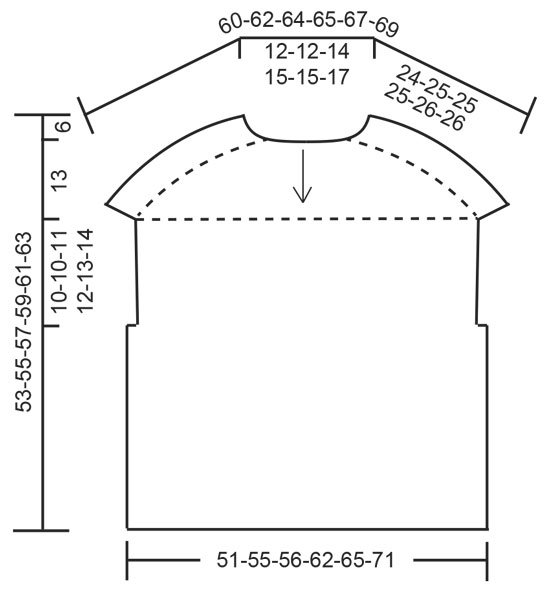 |
||||||||||||||||||||||||||||
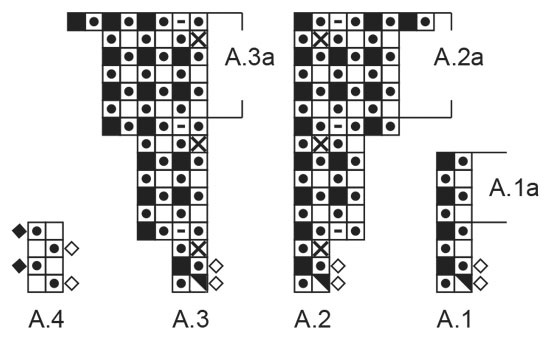 |
||||||||||||||||||||||||||||
Have you finished this pattern?Tag your pictures with #dropspattern #mountainmorainevest or submit them to the #dropsfan gallery. Do you need help with this pattern?You'll find 18 tutorial videos, a Comments/Questions area and more by visiting the pattern on garnstudio.com. © 1982-2025 DROPS Design A/S. We reserve all rights. This document, including all its sub-sections, has copyrights. Read more about what you can do with our patterns at the bottom of each pattern on our site. |
||||||||||||||||||||||||||||








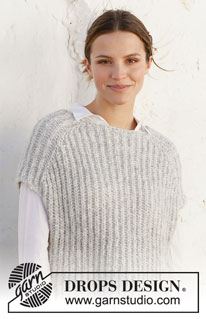



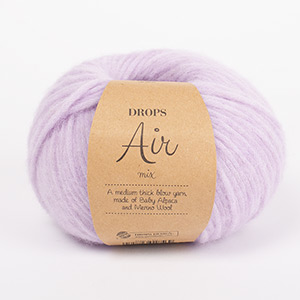
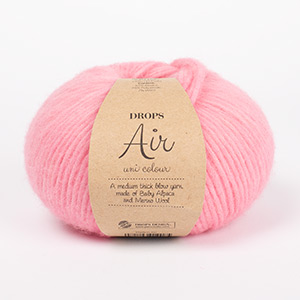


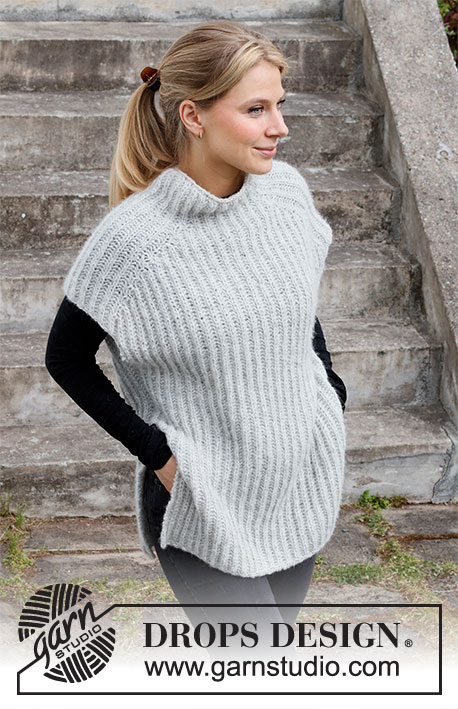
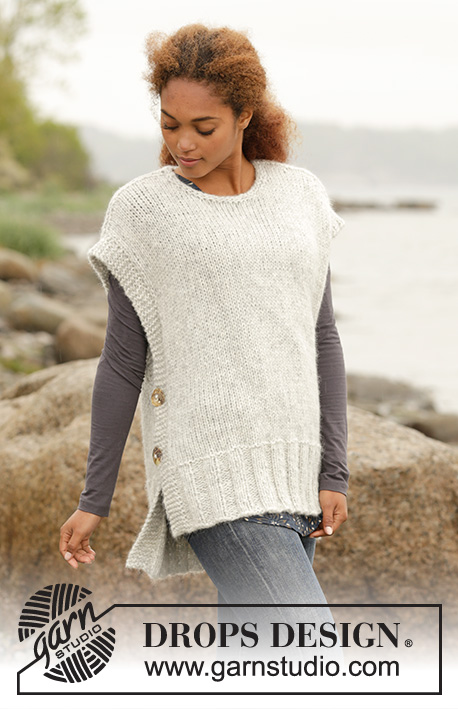
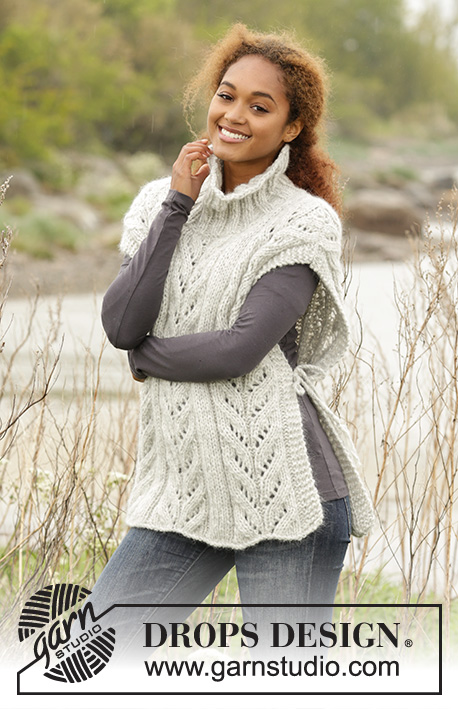



























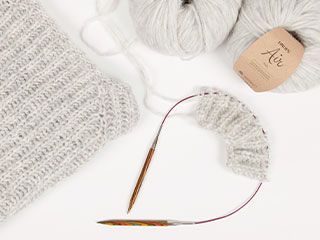










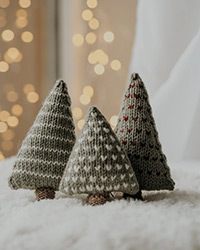
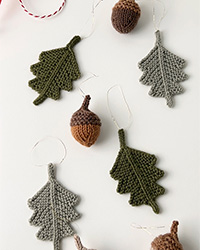
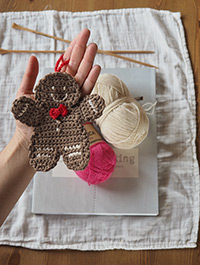
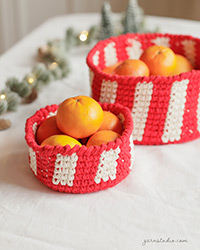
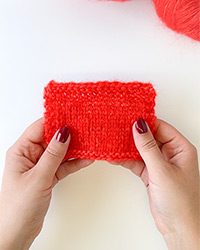
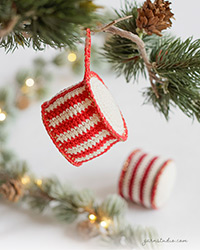
Post a comment to pattern DROPS 210-4
We would love to hear what you have to say about this pattern!
If you want to leave a question, please make sure you select the correct category in the form below, to speed up the answering process. Required fields are marked *.